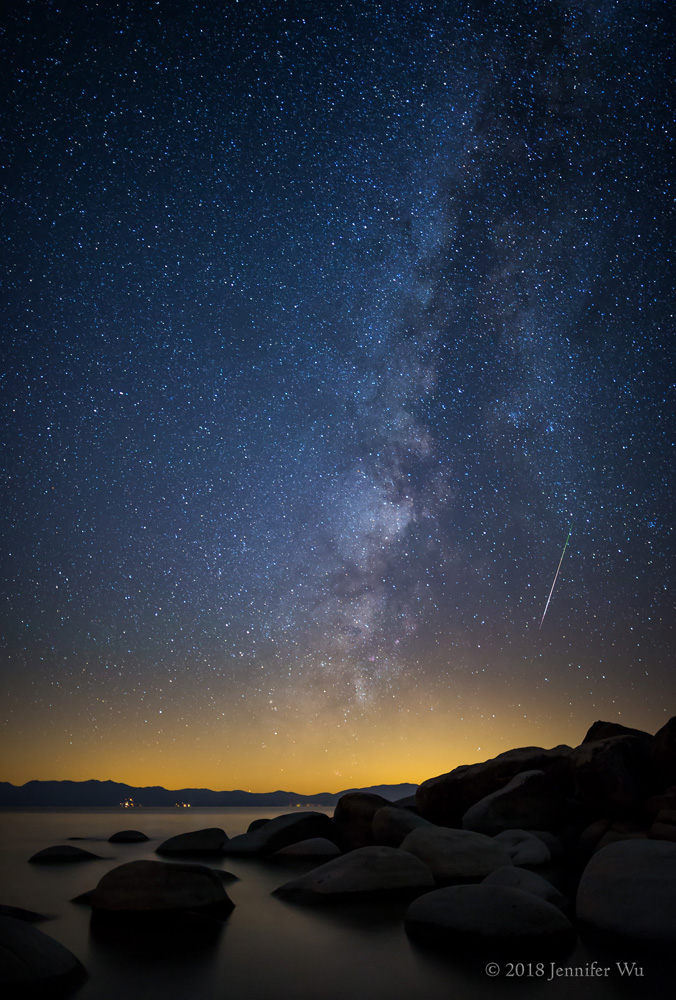Photography Resources
Here are some of my favorite apps, sun and moon information, space weather and more!
I hope you find this useful!
Happy Star Trails,
Jennifer
Sun and Moon
Apps: Sun Seeker, Sky Safari, LightTrac, Photographer’s Ephemeris, LightTrac, Clinometer
Sunrise and Sunset Times: www.thetimenow.com or www.timeanddate.com
Golden Hour: www.golden-hour.com
The Photographer's Ephemeris as an app or computer: stephentrainor.com/tools
Date Services: http://aa.usno.navy.mil/data
The Old Farmer's Almanac - Click on Sun or Phases of the Moon:
http://www.almanac.com/
Weather
7 Timer: http://ftp.astron.ac.cn/index.php?lang=en and click on Cloud Cover: http://ftp.astron.ac.cn/wchart.php?lang=en
Clear Sky Chart: cleardarksky.com/csk/
Space Weather: www.spaceweather.com
Auroras
App: Aurora Forecast
NOAA: http://www.swpc.noaa.gov
Aurora Forecast: www.gedds.alaska.edu/AuroraForecast/
Astronomy North: http://astronomynorth.com
Spaceweather solar flare activity: www.spaceweather.com
Ovation Auroral Forcast NOAA: http://helios.swpc.noaa.gov/ovation/
Eclipses & Space & Moonbows:
Astronomy Picture of the Day http://apod.nasa.gov/apod/astropix.html
Eclipses: eclipse.gsfc.nasa.gov/lunar.html
Yosemite Moonbow: https://sites.google.com/site/olsontxstate/workshops
Camera Operations
Canon Digital Learning Center: http://www.usa.canon.com/dlc/controller?act=HomePageAct
Crop Sensor Calculator: http://www.sweeting.org/mark/lenses/canon.php
Dark Skies:
Light Pollution Photographs: http://www.lightpollution.it/dmsp/
International Dark-Sky Association IDA: http://www.darksky.org
Stars and Milky Way
Starry Nights is what I use and showed in class: www.starrynights.com
Apps: Star Walk II- I showed this in class, Heavens Above, PhotoPills, Sky Guide: View Stars Night or Day
Free software for viewing the location of the stars for both windows and Mac. www.stellarium.org
Meteors
Stardate: stardate.org/nightsky/meteors
Apps: Meteor Shower Calendar
Star Trail Stacking Software
Startails free software: www.startrails.de/html/software.html take a dark frame with the same exposure, put lens cap on the camera, and it can use that to reduce noise.
http://www.schursastrophotography.com/software/photoshop/startrails.html www.tawbaware.com/imgstack.htm
StarStaX free software http://www.markus-enzweiler.de/StarStaX/StarStaX.html
Long Exposure Calculator Apps: there are a number of free apps, as well as others for a fee. PhotoPills
Depth of Field Calculator
DOFMaster.com and app
PhotoPills App
Focus Stacking Software:
Helicon Focus: Can use RAW files and saves as DNG file. http://www.heliconsoft.com
Zerene Systems: Very precise with macro fine details.
Check Out the Book
Photography Night Sky: A Field Guide for Shooting After Dark.
Print edition and Kindle or More Info




